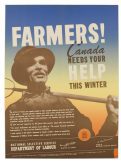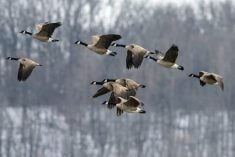The Saskatchewan government is again making money available to help people protect homes and businesses from imminent flooding.
The Emergency Flood Damage Reduction Program was implemented after the severe floods of 2010, and since 2011 has paid nearly $80 million to individuals, communities, businesses and organizations.
Water Security Agency spokesperson Patrick Boyle said the program is now part of government policy and does not have a funding cap.
“The best way to put it is for every dollar invested we save $20 in damages,” he said.
Using that formula, the payments so far have saved $1.6 billion. The government has estimated the severe floods of 2010 and 2011 cost $360 million.
Read Also

Women who fed a nation
More than 40,000 young women supported the war effort between the 1940s and early 1950s, helping grow and harvest crops amid labour shortages. They were called Farmerettes.
The EFDRP is available for both temporary and permanent works and engineering and technical support.
Individuals and businesses are eligible to receive 85 percent of the cost of approved permanent works built this year for flood protection. This includes individual farms, country residences and cottages.
Communities and municipalities are eligible for 75 percent of the cost.
This year, protection of drinking water wells has been added to the list of eligible projects.
The Water Security Agency must approve all projects in order to provide funds.
The program does not cover measures taken to protect grain bins or bags unless they are located within a yard site and the buildings on the site are being protected.
According to the April 9 spring runoff update, most rivers have peaked and lake levels in the Qu’Appelle system had either peaked or are expected to by April 12.















